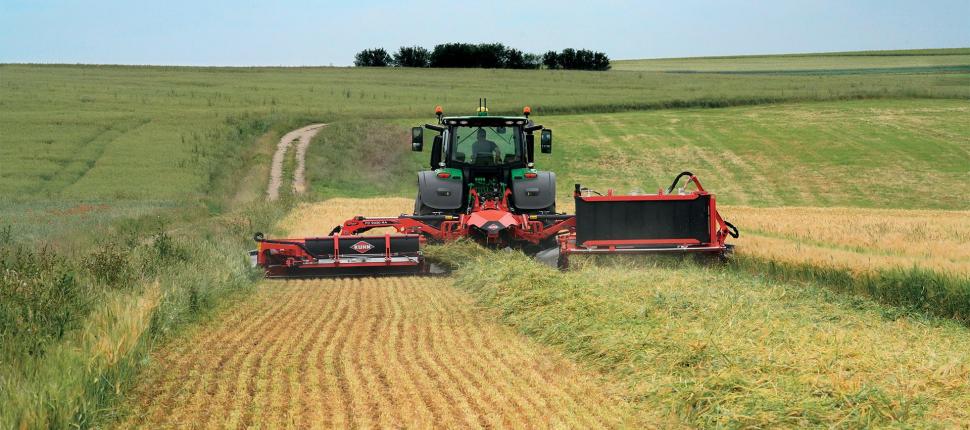
28-04-2021 | News
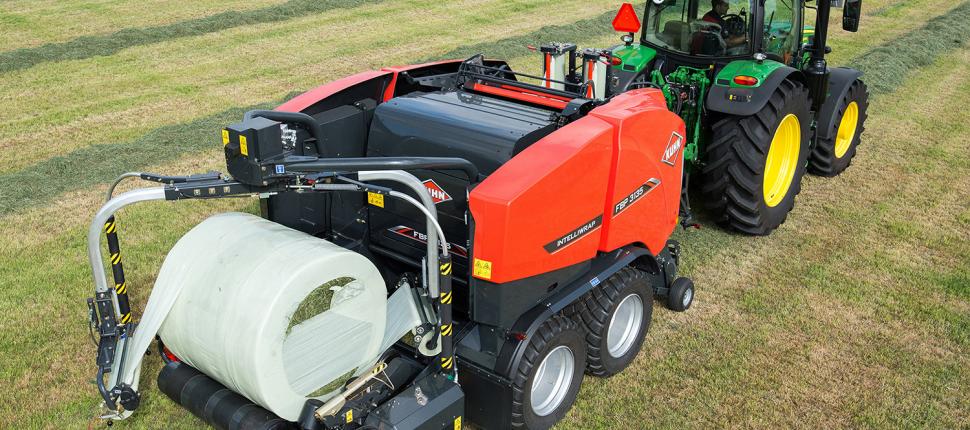
16-04-2021 | News
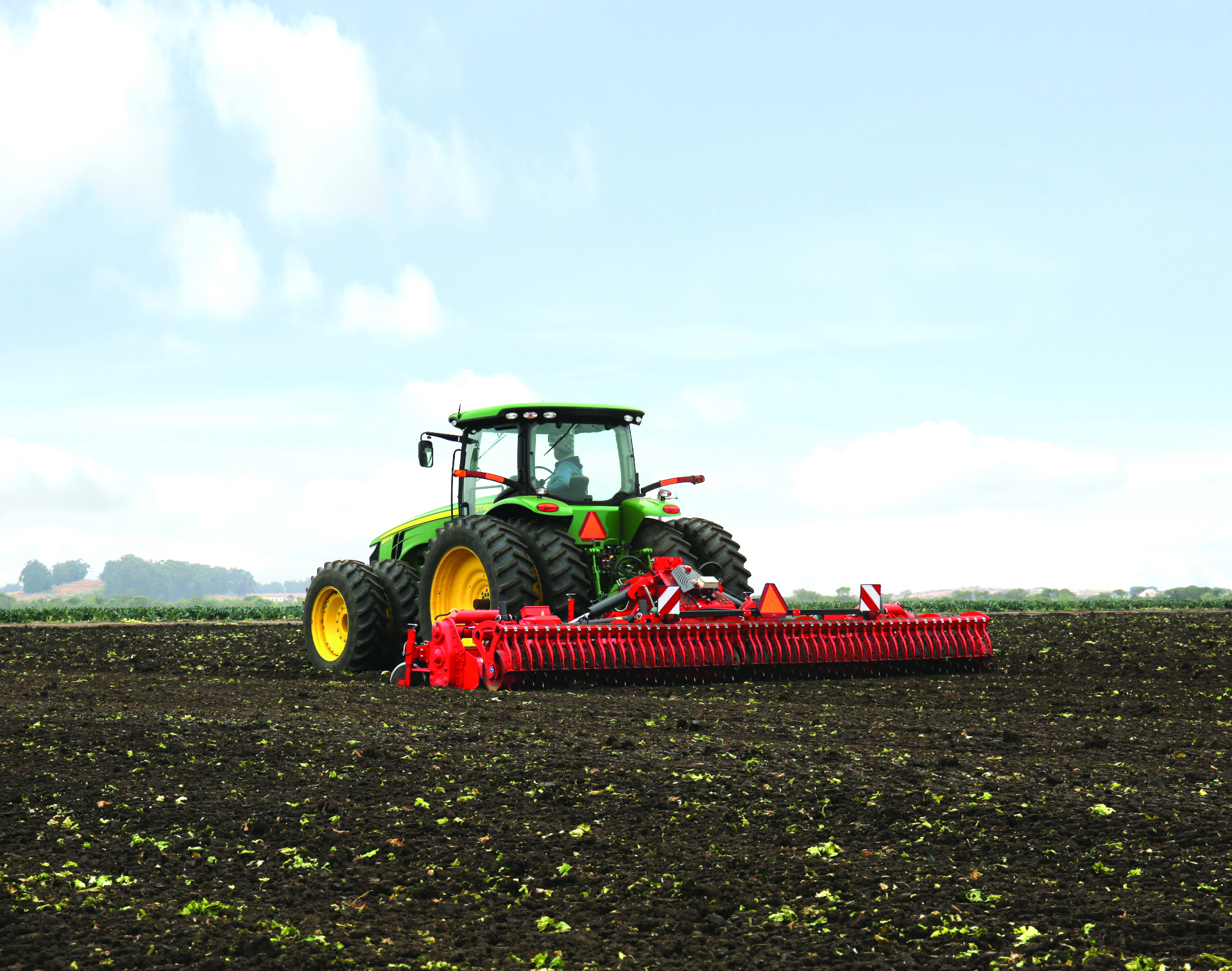
12-03-2021 | News
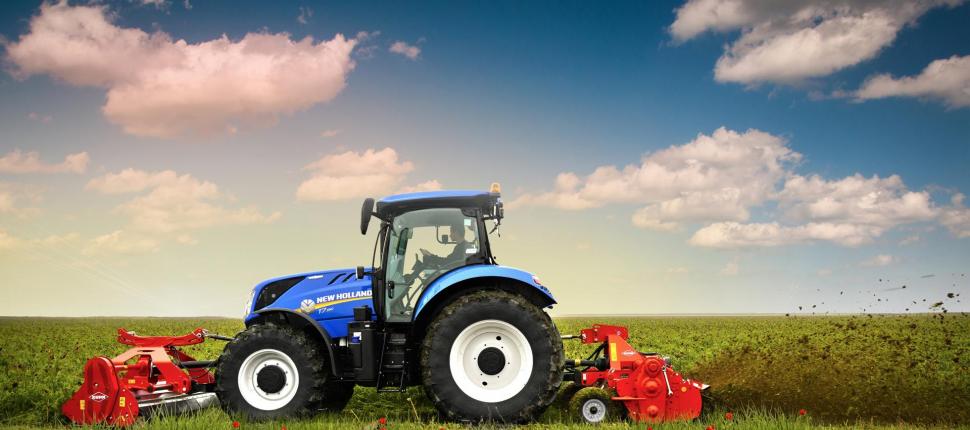
17-12-2020 | News
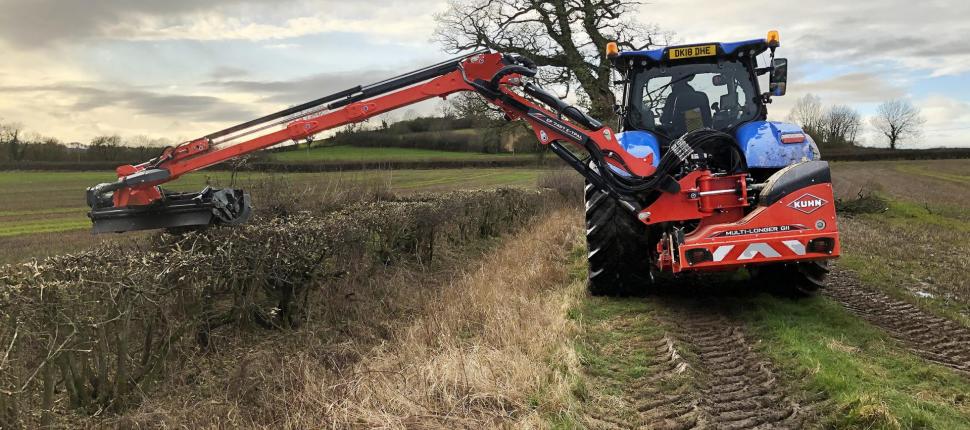
08-12-2020 | News

10-11-2020 | News
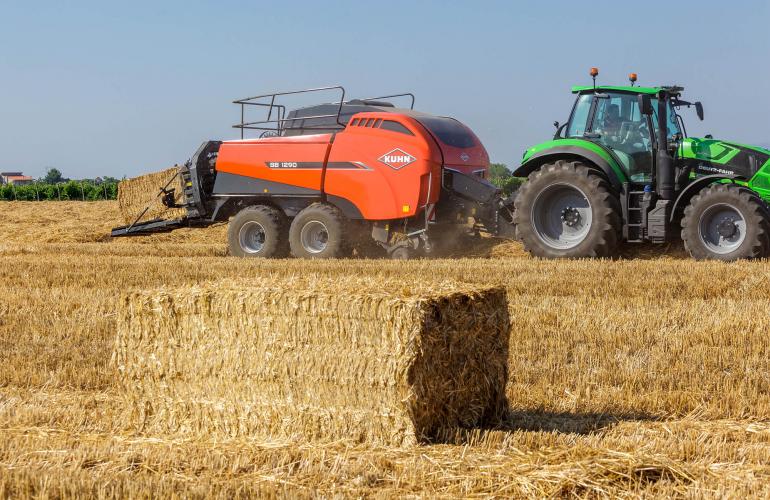
06-07-2020 | News

26-05-2020 | News
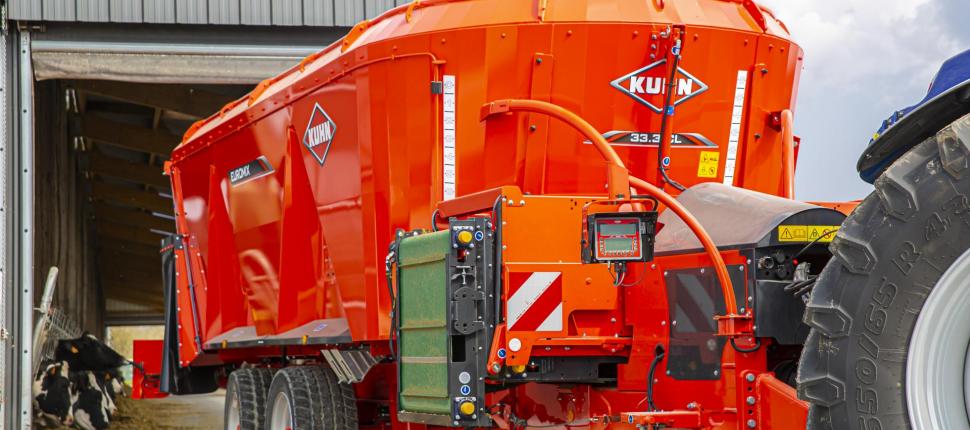
24-05-2020 | News
16-01-2022 | Media
16-12-2021 | Media
16-12-2021 | Media
20-09-2021 | Media
29-07-2021 | Media
29-07-2021 | Media
29-07-2021 | Media
29-07-2021 | Media
29-07-2021 | Media
29-07-2021 | Media
29-07-2021 | Media
29-07-2021 | Media
29-07-2021 | Media
29-07-2021 | Media
29-07-2021 | Media
29-07-2021 | Media
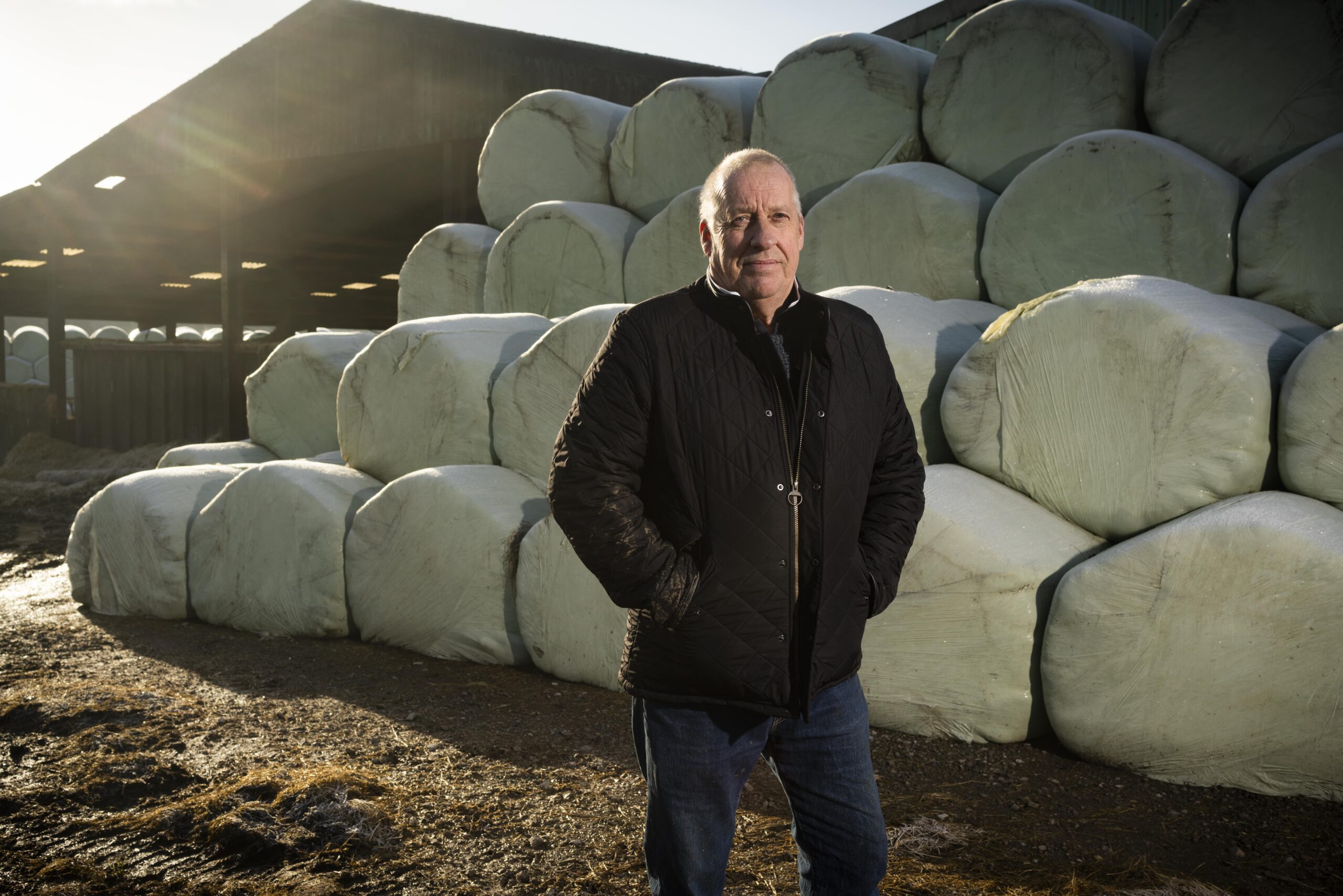
Kuhn FBP Baler-Wrapper Combination
“We have about 200 acres of grass that we cut for forage, taking two cuts in the season. We have a front and rear mounted mower conditioner combination and have our own tedder and twin rotor rake, so it was really only the wrapping where we needed outside help.”
“We’ve even wrapped some hay this year, just to remove any chance of it spoiling, and it’s coming out really well.”
“The forage quality is also very good. We see very little spoilage, and with the grass being chopped before its baled, the material is easier to handle. This is particularly important with the haylage that is often used in hay nets. We’re seeing a lot less waste generally as a result.”
“The film binding system is a revelation, and I cannot see us ever using net again. Net is a nightmare to deal with, so bales that are both bound and wrapped with the same material just makes everything so much easier.”
“The real game-changer, however, is Kuhn’s film binding system, an optional feature on the FBP that removes the need for net binding and increases the overall sealing of the bale significantly.”
“We have the display all wired in so it’s just a case of plugging in and away we go. It’s a relatively simple machine to use and, when conditions are right, we can bale and wrap as many as 50 bales an hour.”
“Now, with the FBP baler-wrapper combination, we have full control of the process and can work quickly and efficiently to ensure we maximise the quality of the forage, whether that’s haylage for the horses or silage for the cattle.”
“We’re able to use the same pre-stretched film rolls for bale binding and wrapping, which is another area of time saving and efficiency. Also, having just one material to take for recycling is an advantage; it helps us to meet the requirements for farm assurance and must be better for the environment.”
Contractor - FBP 3135 Balepack
“It’s part of a contractor’s job to be able to cope with different crop conditions and to be in and out as quickly and efficiently as possible. For me the pick-up and feed into the baler is critical, as I need a machine that can cope with the heaviest of crops and deal with the shorter grass that we are sometimes presented with. So far, we’ve found performance in the field to be problem free, whatever the conditions. That’s mainly down to the rotor auger on the baler intake, which is second to none.”
“We operate a forage based system at home and make all our silage in round bales, so we put a lot of emphasis on getting the job right. I’ve seen no mould on film-bound bales at all, and that’s an indication that bales are totally sealed from the start and no air is getting in at any stage. It stands to reason, as we are effectively wrapping bales in an extra three layers of film, but we’re doing this without adding cost so there really is no downside.”
“The initial attraction of film binding is that you avoid using net wrap and no longer have the hassle of separating two materials before disposal or recycling. But for me the real benefit is producing better quality silage.”
Mike purchased a Kuhn FBP 3135 Balepack in July last year, about half way through his baling season, and has to date done around 4,000 bales with the machine. “We’ve managed to keep the cost about the same, even though film is a little bit more expensive than net, and that’s possible because of the flexibility that this machine offers.”
“Most importantly, with Kuhn’s IntelliWrap system, we have the option of applying as many layers of film as we choose, so four, five, six or seven, for example. The previous machine we had only offered four, six or eight layer options. This means it’s easier to reduce the outer wrap by one layer, to save costs, given that you’ve already applied three layers for binding the bale.”
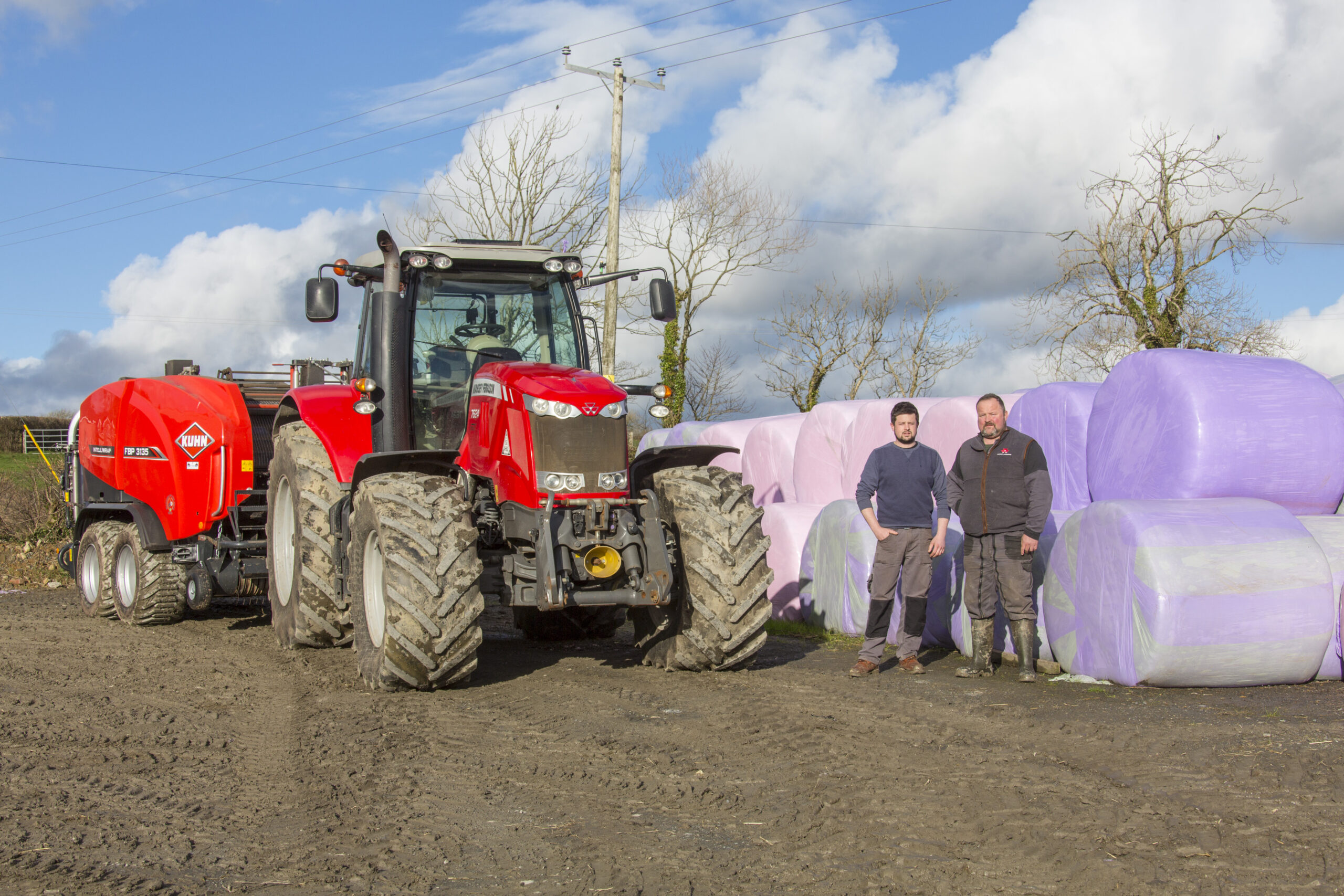
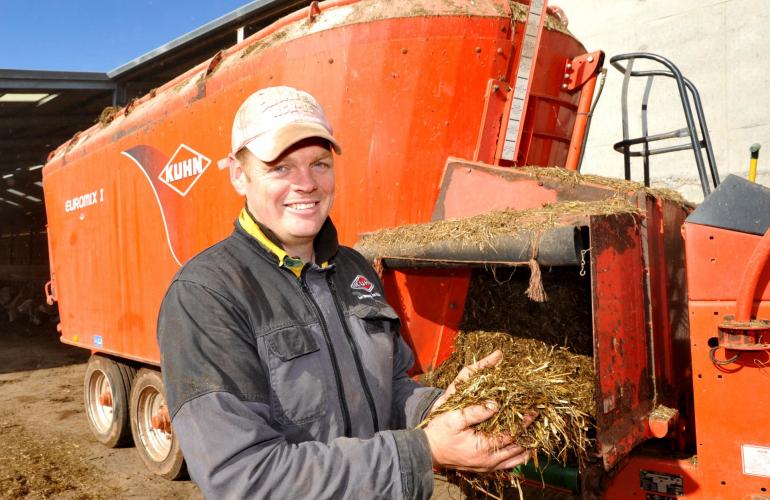
Glebe Farm - Kuhn Euromix 2280 Diet Feeder
“We use wheat straw for feeding and aim to chop it down to around three inches. It takes about 20 minutes to mix a load that will feed 180 – 200 cows. There’s usually enough time to do the bedding down whilst a load is mixing, so the whole operation is pretty efficient.”
“We now include 4.5kg/head/day with the grass silage in the suckler cow’s winter ration. Overall, by looking at the grass acres required per cow, we’ve probably reduced the cost of keeping cows by half. We are also maintaining the cows in more of an optimum condition and have seen fewer calving problems as a result.”
“Effective incorporation of straw with grass silage is essential, which is where the Kuhn Euromix 2280 diet feeder plays its part.”
J.T. Owen Agricultural Contracting - Kuhn FBP Balepack
“Having the option to bind bales with the film, as an alternative to net, is a game-changer for our customers, once they have experienced film binding with this machine, they are reluctant to go back to any other kind of system.”
“We can very easily switch between the different modes, depending on what the customer wants. Working as a contractor you need to be adaptable and its vital to have machinery that’s both versatile and reliable.”
“Bales are becoming more popular again, because they are now seen as a source of high quality forage and offer levels of flexibility that you don’t have with clamped silage. With good grass crops, we can bale and wrap 45-50 bales an hour with one baler, so with the two machines we’ve no problem tackling 100 acres at a time.”
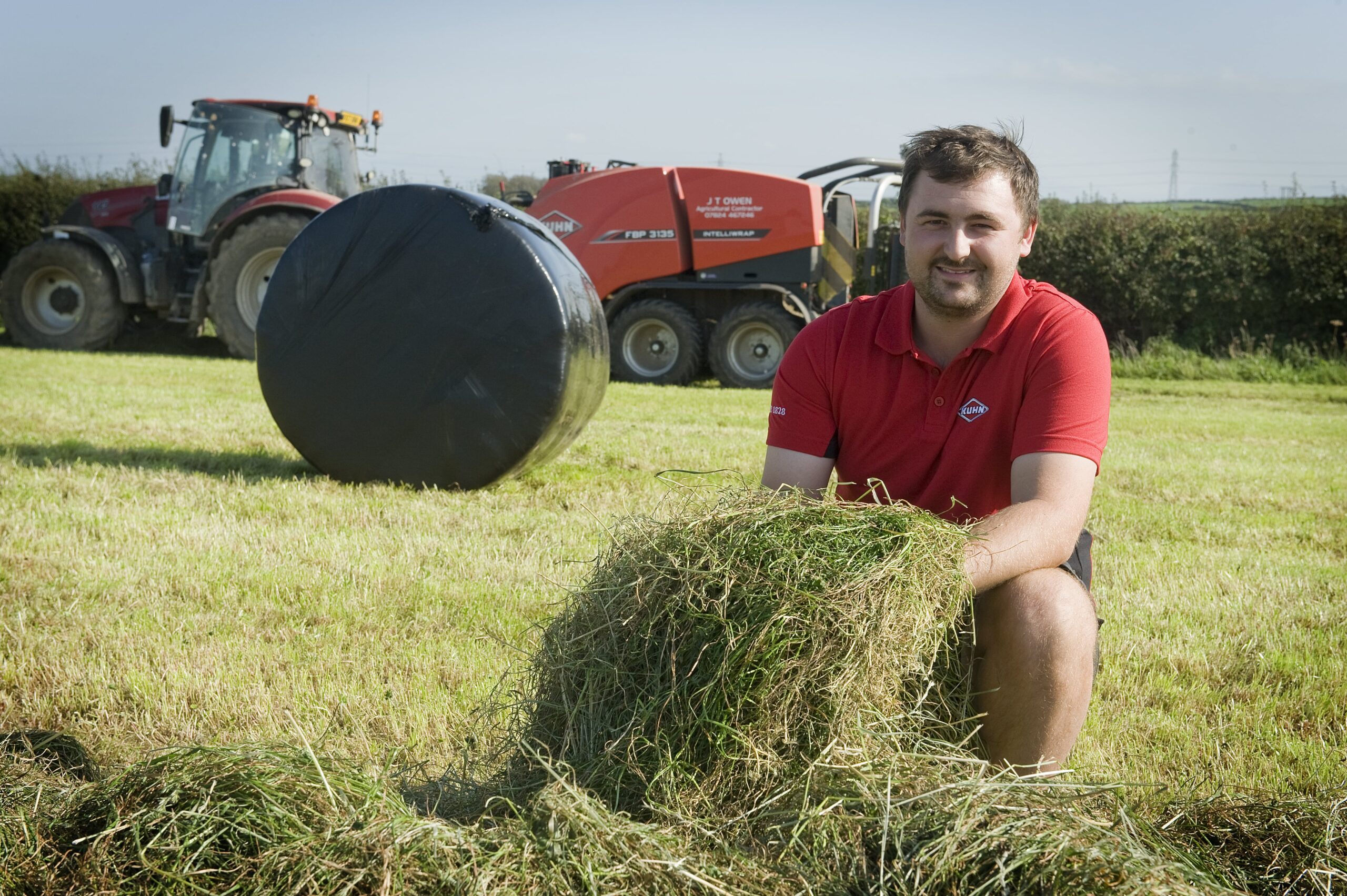
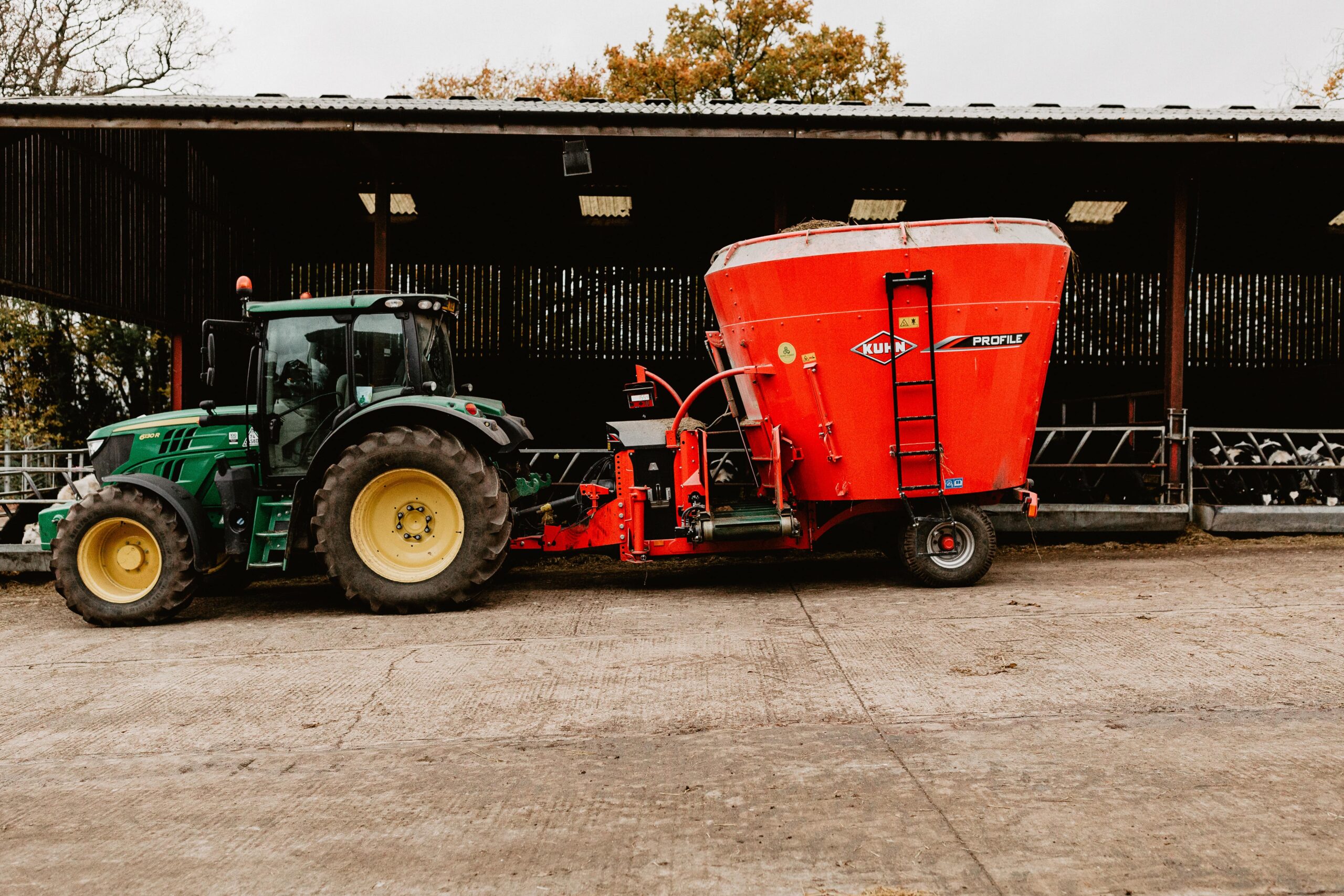
N. Shore Farming Ltd - Kuhn PROFILE
“We’re situated on sloping ground and have up to ten different sheds in use at any one time, so the ability to feed from ground level up to about three feet is really valuable. It’s another factor that keeps the operation as efficient as possible.”
‘It now takes 25 to 30 minutes to achieve the optimum mix, with the fibre component chopped to around three-quarters of an inch, which is far quicker than it took with the older machine.”
“The hardened steel knives have made all the difference, as the mixing performance is significantly better and I’ve not had to touch them in 12 months. To be able to mix the ration quickly and feed it out at the optimum composition is vital to maintaining operational efficiency and the performance of the cattle.”
Contractor - FC 3115 D Mower Conditioner
“One of the challenges we can face as contractors is access to fields, particularly getting in through narrow gateways, so in addition to the operation of the mower itself, we have to think about transport and manoeuvrability. The vertically folding feature on this mower conditioner gives it added value when it comes to tight gateways and narrow lanes.”
“Maintaining a good set of blades on the mower is critical to its performance, so the ability to change them with a simple lever as opposed to using spanners to loosen and tighten nuts and bolts will save us hours and hours over a season.”
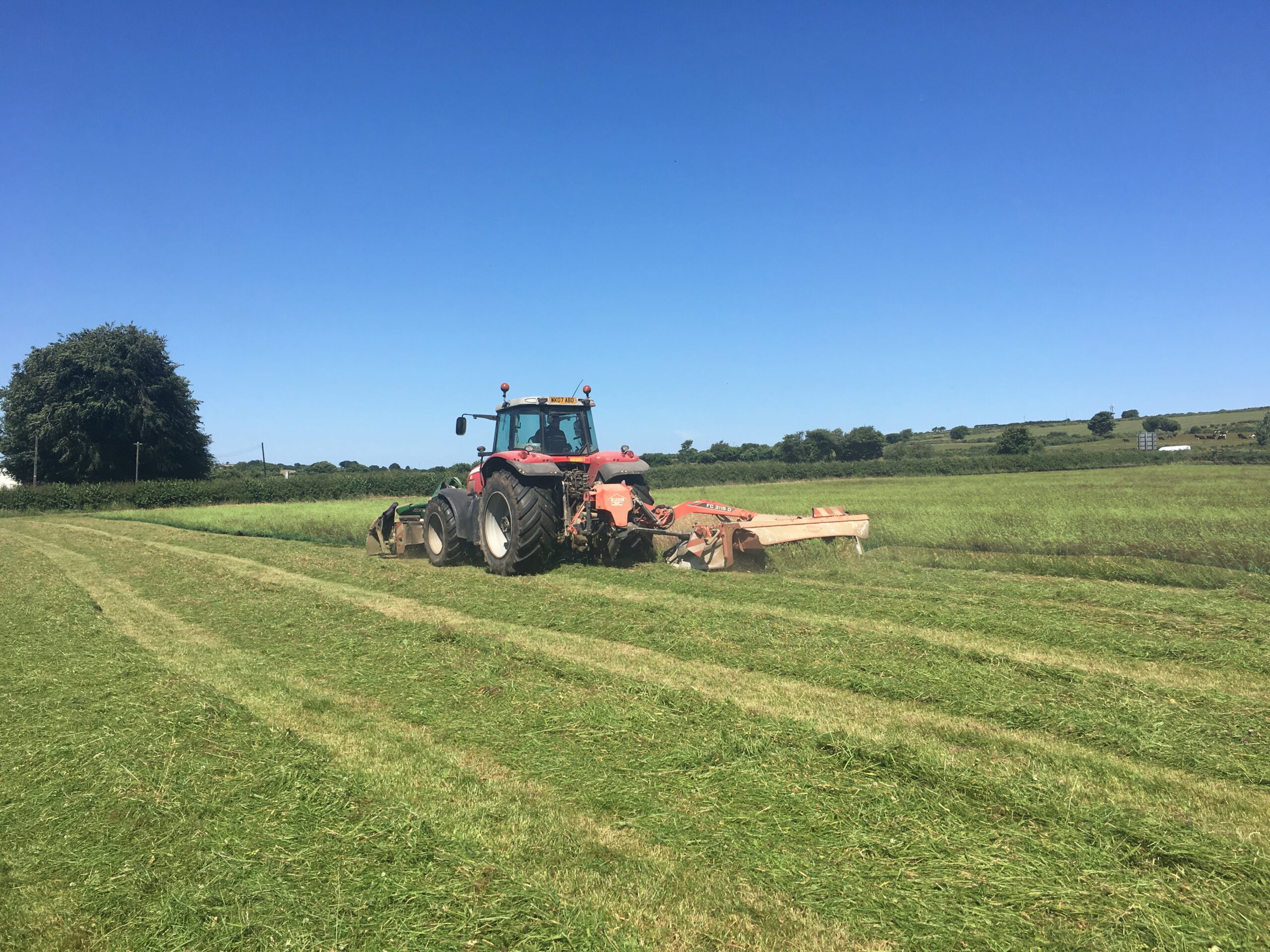
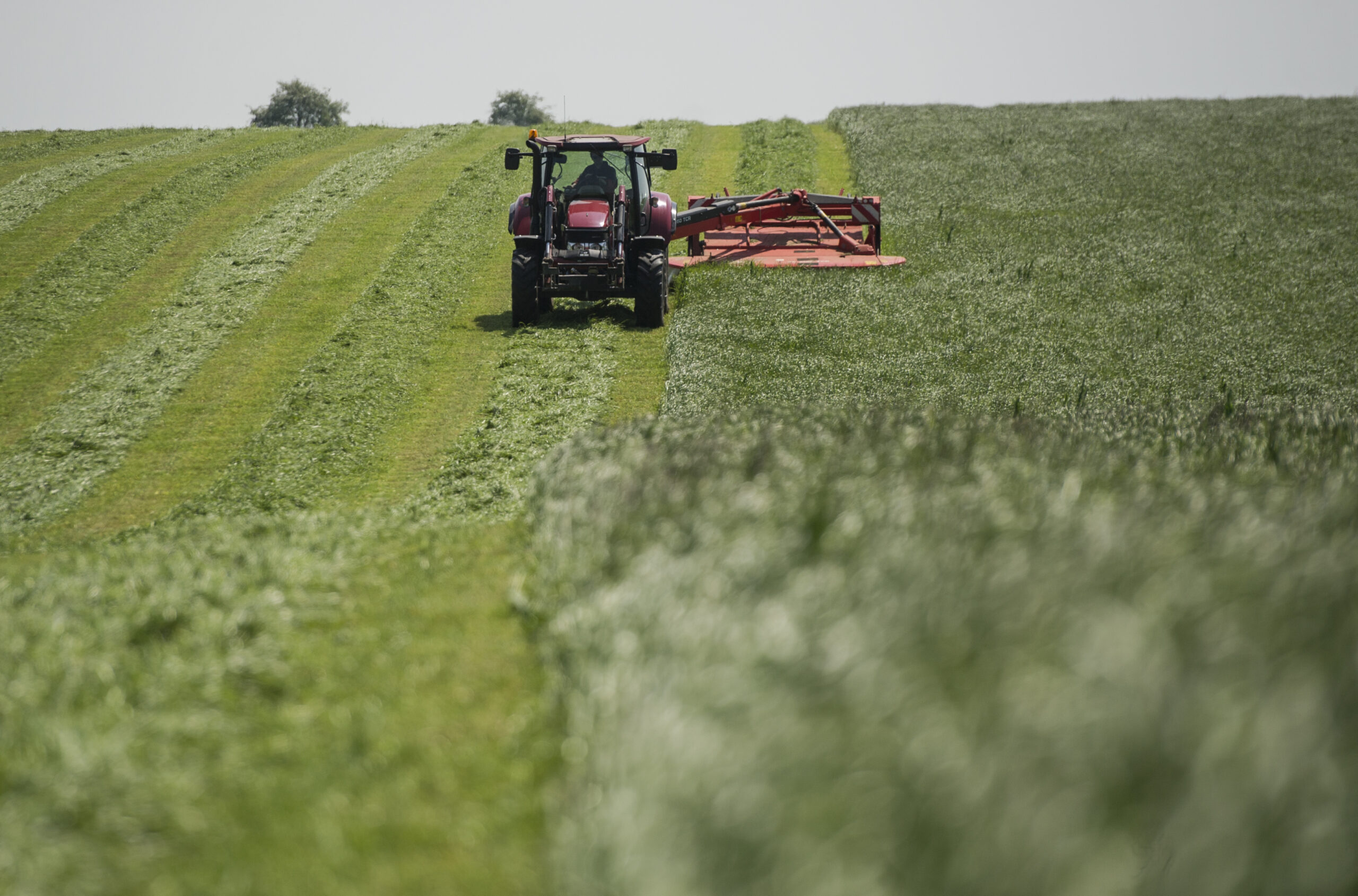
Broadfield Farm - Kuhn FC 3160 TCR
“The other benefit of this particular mower is that it is a centre pivot as opposed to the more common side-pull mowers. You mow the headland and then drive up and down the field, so there’s no time taken figuring out how best to navigate the field, and you’re not driving over swaths in the headlands. It’s really improved productivity.”
“We were due to replace our current mower anyway and have been happy with our Kuhn ploughs and balers, so were keen to see what they could offer that would handle the delicate lucerne crop. We’ve not been disappointed.”
CWP Wilkes - GF 8712 Gyrotedder
“It is easy to pre-set the rotor height and speed, so operating at the headlands is effectively automated and the whole operation is a lot easier. The tedder is also very quick to fold into its transport position and is very compact when folded, and that’s important as we do need to move between fields quite a lot.”
“We looked at all the options and then decided to replace our existing Kuhn tedder with the newer model. We need a strong and reliable machine as it’ll be expected to do a lot of work, and last us at least five years. We are tedding each crop as many as four times and possibly twice in a day, and timeliness can be critical, so being able to do a quality job whilst covering 15 – 16 acres an hour is important.”
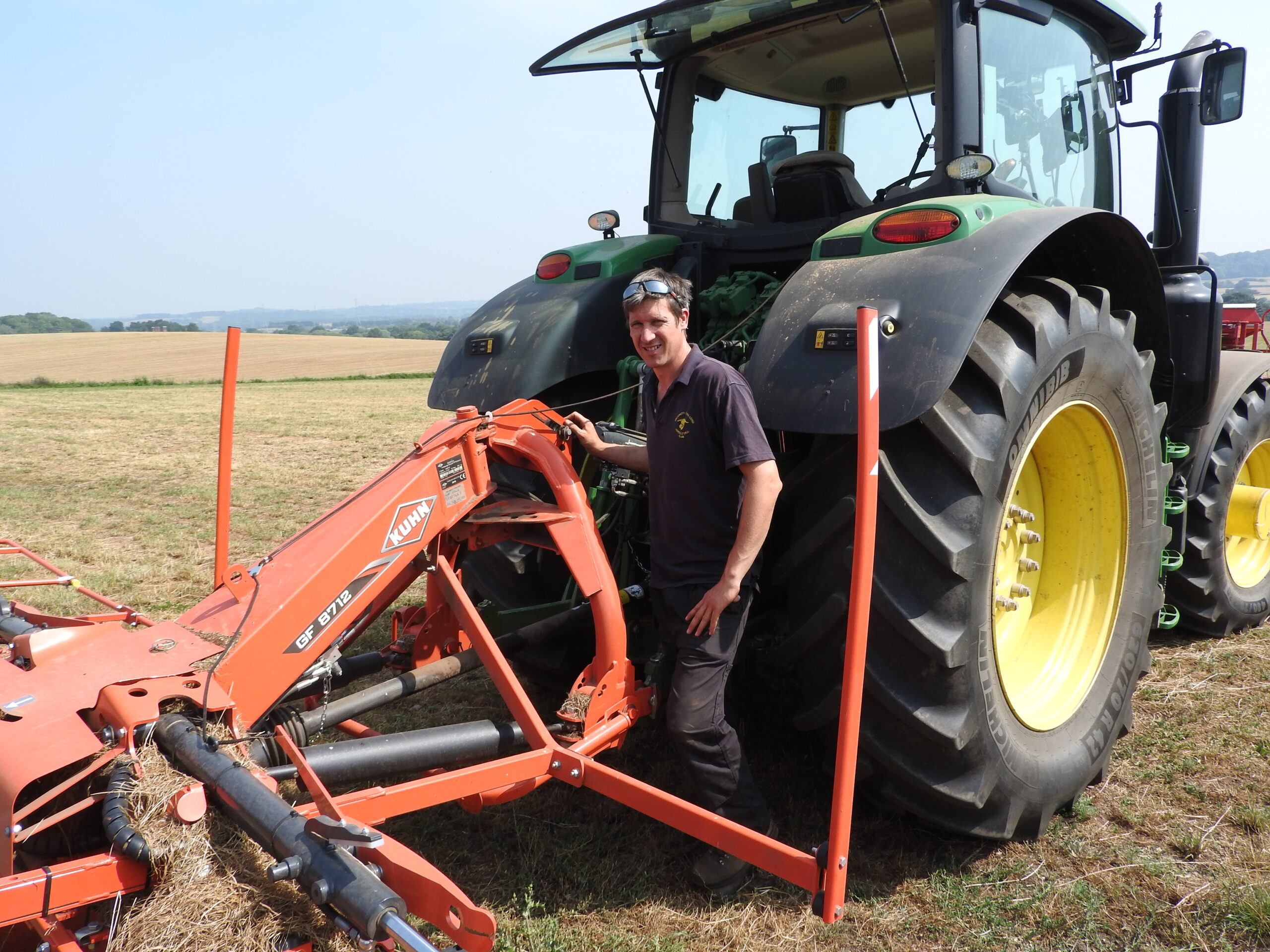
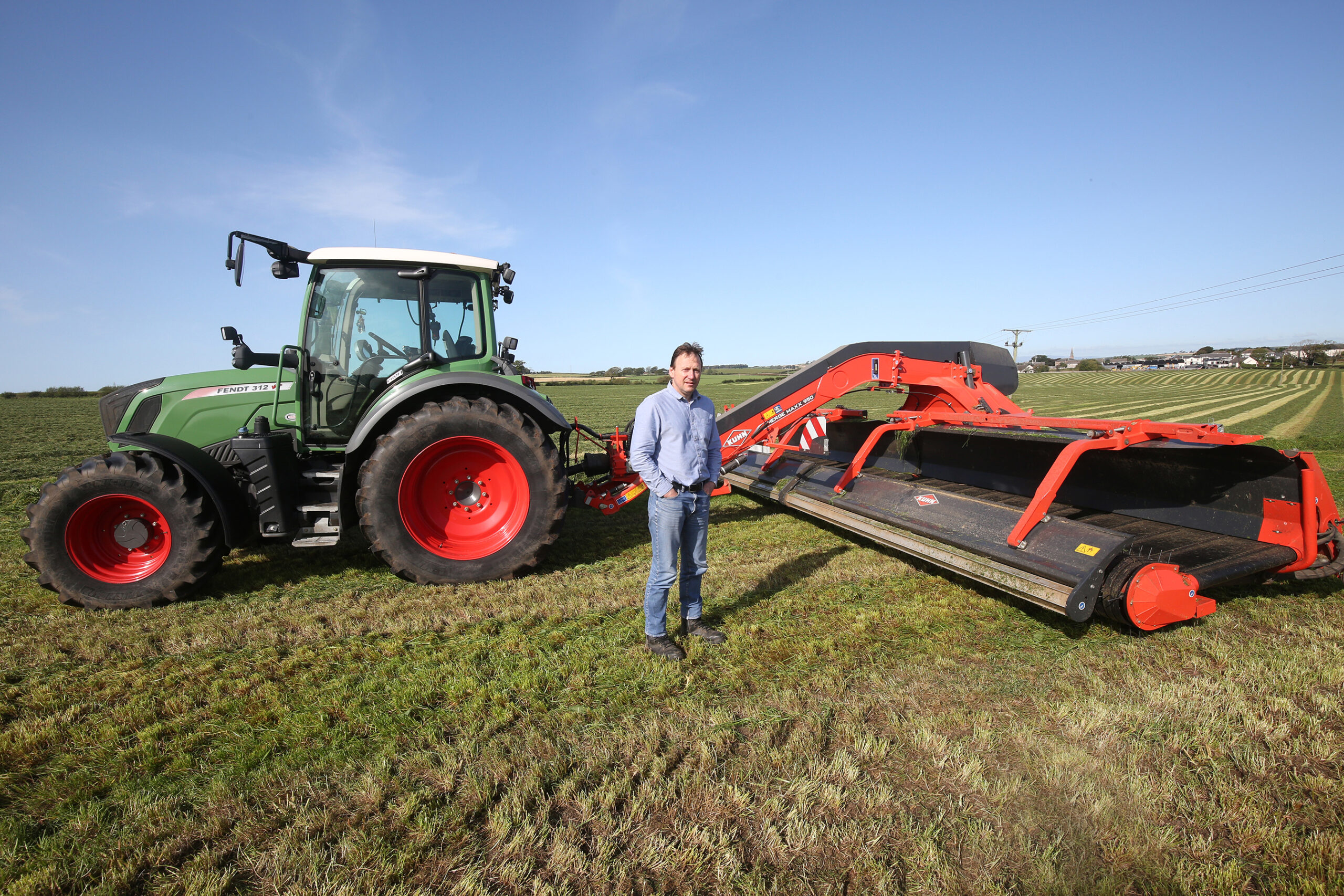
Veitch Brothers - MERGE MAXX
“Milk from forage has in the past year increased from 1,050 litres up to 2,350 litres, with butterfat also rising from 3.6% up to 3.85%. This has resulted in a 2.2kg/cow saving in bought-in concentrates, cutting the feed cost from 12.1ppl down to 10.4ppl.”
“The versatility helps to give us greater operational efficiency, but the most notable advantage is the avoidance of contamination in the grass.”
“We’re seeing the results with the quality in the clamp and in terms of the business costings, which show that we’re making more milk from homegrown forage and cutting cost of production.”